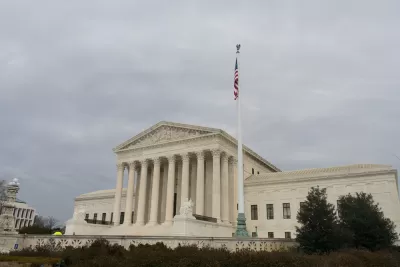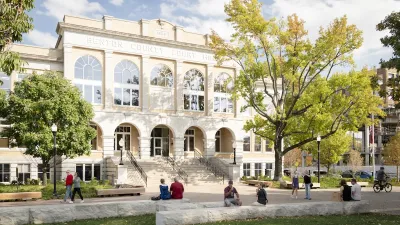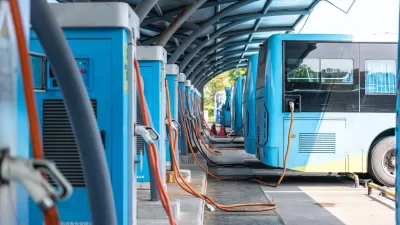If rectifying racial injustice no longer passes constitutional muster, what chance does the environmental justice movement have?

The U.S. Supreme Court’s ruling in Students for Fair Admissions, Inc. vs. President and Fellows of Harvard College rightfully made news when announced in June 2023 for its expected impact on affirmative action programs in college admissions.
Another potential consequence of the decision, according to an article by Alex Brown in the New Jersey Monitor, could be on the ability of environmental regulators to monitor and mitigate pollution in minority and low-income neighborhoods, a key tool of environmental justice efforts.
Emily Hammond, an environmental law expert and professor at the George Washington University Law School, is quoted in the article describing the conundrum: “The [Supreme Court] majority really reinforced the idea that a generalized government policy of rectifying past discrimination would not pass constitutional muster.”
Lawmakers around the country are scrambling to figure out how to respond. Many expect state laws to face lawsuits as a result of the precedent now set by the U.S. Supreme Court. Examples of laws potentially at risk include a law approved in Minnesota in 2023 that “forces regulators to consider cumulative pollution effects before issuing air quality permits in certain areas, including tracts with 40% or more nonwhite residents,” according to Brown.
The consequences could also reach the federal level. “The Biden administration established a ‘race-neutral’ screening methodology known as the Climate and Economic Justice Screening Tool to guide its efforts to direct 40% of federal spending across many agencies to disadvantaged communities,” according to Brown.
FULL STORY: It may have just gotten harder to protect minority communities from pollution

Alabama: Trump Terminates Settlements for Black Communities Harmed By Raw Sewage
Trump deemed the landmark civil rights agreement “illegal DEI and environmental justice policy.”

Planetizen Federal Action Tracker
A weekly monitor of how Trump’s orders and actions are impacting planners and planning in America.

The 120 Year Old Tiny Home Villages That Sheltered San Francisco’s Earthquake Refugees
More than a century ago, San Francisco mobilized to house thousands of residents displaced by the 1906 earthquake. Could their strategy offer a model for the present?

In Both Crashes and Crime, Public Transportation is Far Safer than Driving
Contrary to popular assumptions, public transportation has far lower crash and crime rates than automobile travel. For safer communities, improve and encourage transit travel.

Report: Zoning Reforms Should Complement Nashville’s Ambitious Transit Plan
Without reform, restrictive zoning codes will limit the impact of the city’s planned transit expansion and could exclude some of the residents who depend on transit the most.

Judge Orders Release of Frozen IRA, IIJA Funding
The decision is a victory for environmental groups who charged that freezing funds for critical infrastructure and disaster response programs caused “real and irreparable harm” to communities.
Urban Design for Planners 1: Software Tools
This six-course series explores essential urban design concepts using open source software and equips planners with the tools they need to participate fully in the urban design process.
Planning for Universal Design
Learn the tools for implementing Universal Design in planning regulations.
Clanton & Associates, Inc.
Jessamine County Fiscal Court
Institute for Housing and Urban Development Studies (IHS)
City of Grandview
Harvard GSD Executive Education
Toledo-Lucas County Plan Commissions
Salt Lake City
NYU Wagner Graduate School of Public Service





























